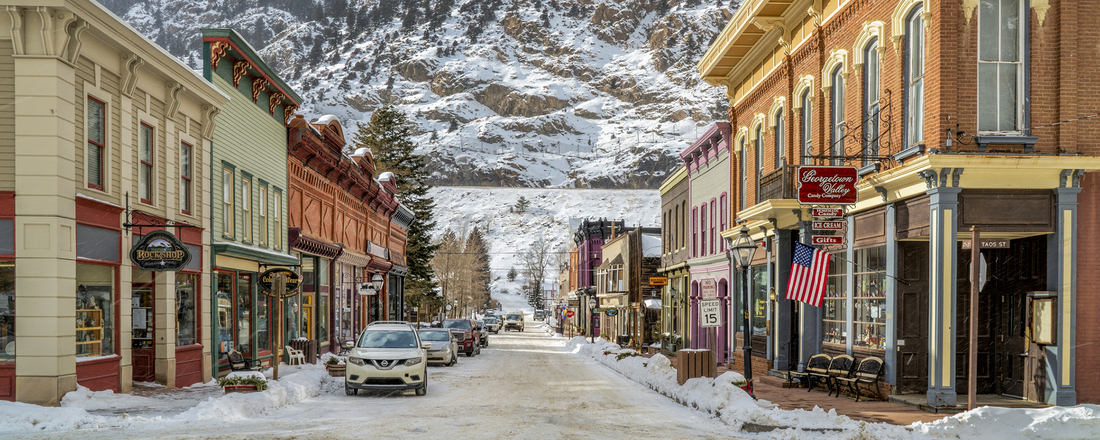Get updates from The Developer straight to your inbox Yes, please!
“Small cities, if we do them well, can be prototypes” – Reif Larsen
Reif Larsen, founder of the Future of Small Cities Institute, talks to The Developer Podcast about the rise of small cities in America, the challenge of going car-free, and the question of equity, displacement and gentrification

“T he move to small cities pre-dates Covid,” says Reif Larsen, founder of the Future of Small Cities Institute, in an interview for The Developer Podcast. “Even upper-middle-class residents were priced out of New York, and people started moving into these smaller cities
Larsen sees the pandemic accelerating this trend, and wants small cities to prepare themselves for all the issues of displacement and gentrification that can follow an influx of city-dwellers.
“Now that people can live in these smaller cities and go in once per month to work, it’s become a real possibility,” Larsen adds.
But Larsen, a journalist and novelist who founded the institute after running a successful event series, explains that cash-strapped small cities are not well-placed to tackle these collisions. They don’t have the budget to improve the education system, increase cycling provision or maintain public spaces to the expected level, and may not even have a planning department.
In addition, small cities are often so pleased at the prospect of development that politicians fail to consider the impact an influx of investment can bring.
“In a lot of these small cities there has been such a long period of disinvestment, that they believe any kind of development is good development,” Larsen says. “Now is the time to plant your flagpole and say this is what we value about the city.... We don’t want to see the kind of blight [of empty neighbourhoods] that London is seeing.”
“These cities need to grapple with what it means to develop without displacement; what does it mean to be inclusive?”
Listen to the interview
Larsen, who made the jump from Brooklyn to a small city, says the advantages of small city living are not just housing affordability and easy access to nature – there’s also the opportunity to make a real impact on the future of the place.
“You can make an impact in your city in a way that you couldn’t necessarily in New York,” says Larsen. “Small cities are the laboratories where we can test things out... You can pass a zoning law.”
--
Sign up to our newsletter to receive our content in your inbox and find out when new episodes go live
This week’s episode of The Developer Podcast was supported by IE University School of Architecture and Design
Sign up to our newsletter
Get updates from The Developer straight to your inbox
Thanks to our organisation members
Become a member
© Festival of Place - Tweak Ltd., 124 City Road, London, EC1V 2NX. Tel: 020 3326 7238
